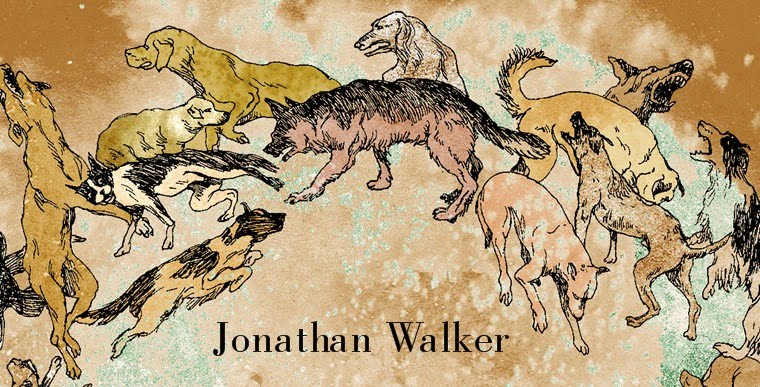Once upon a time, in another life, I was an expert on gambling in Venice, and on the history of card games in general. In the former capacity, I did a lot of original archival research, and I published an article on the subject in Past and Present, which is the only thing I’ve ever written that is cited on a regular basis (e.g. by Wikipedia). In the latter capacity, my ‘expertise’ was entirely second-hand, derived principally from works by David Parlett and Michael Dummett. Nonetheless, I was actually awarded a British Academy Postdoctoral Fellowship to write a book on the history of fortune (i.e. a book on how people have understood the concept of fortune, from a historical perspective), although in the event I got distracted in the archive by Gerolamo Vano, the protagonist of my first book, and I therefore wrote about him instead.
From about 1995-98, I played a lot of obscure historical card games, many of them described by Parlett. One of Parlett’s great insights was to identify common motifs that recur across different card games, the rules of which can therefore be analysed comparatively as well as historically, as if all card games were derived from a common language or system of differences. Card games are therefore analogous to other aspects of popular culture, such as folk tales and songs, even though the ‘content’ of a card game is otherwise quite different to that of a folk narrative. Games can thereby be classified by reference to shared structural motifs, which the rules of any particular game rearrange and combine in various ways, in much the same way that folk tales and songs rearrange story motifs. Thus the common structural element that links all trick-taking games (‘tricksters’ as Parlett calls them, here meaning something quite different to the ‘tricksters’ of folk tales) manifests itself in different ways according to the other elements with which this basic motif is combined. In trickster games, a category that includes Whist and Bridge, one player leads with a card, and the other players ‘follow suit’ if possible (this is the origin of the metaphor). The highest card played from the opening suit wins the trick, unless it is ‘trumped’ by a card from a designated trump suit, which ranks higher than all the other suits.
Whist and Bridge are both 'plain-trick' games (according to Parlett's classification), in which only the total number of tricks won counts, and the individual cards within the tricks are of no consequence after they have been played and captured by the winner of the trick. By contrast, many variant tricksters from continental Europe are 'point-trick' games, in which each individual card has an assigned numerical value, and the score for each player is calculated at the end of the hand by counting the value of all cards won by that player. This latter family of games includes the German classic Skat, and Picquet, once a very popular game all over Europe, including England.
In Italy and elsewhere, Tarot cards are also used to play games – indeed, this was their original purpose, as Dummett's research has clearly demonstrated – and these games are always of the point-trick variety. In Tarot games, the famous named cards (Death, The Moon, etc., and The Bagatto, which features prominently in Five Wounds) are part of a permanent suit of trumps (or ‘triumphs’), which perform exactly the same function in play as the designated trump suit does in Whist or Bridge. The four suits with which English and American players are familiar (diamonds, hearts, spades and clubs) are derived from French models, but elsewhere in Europe, different suits are used. In Italy, standard packs of cards usually have the suits of Coins, Cups, Swords and Batons, which are only familiar in the Anglophone world from the Tarot (but in fact the Tarot suits derive from the 'normal' Italian pack, and not the other way round). The precise rendition of these suits, however, varies from region to region. In Spain, Switzerland and Germany, there are different suits again (for example, Germany has Leaves, Acorns, Hearts and Bells). The French suits probably originated as a visual simplification of the German, to facilitate printing, but they in turn were ‘translated’ from the Italian suits, the Italian pack being the oldest in Europe.
An interesting aspect of the history and form of playing cards is that the images on the cards can also be analysed structurally, in terms of variation and recombination of repeated iconographic motifs, but this analysis is entirely independent from the mathematical analysis of the games played with the cards. The only obvious correlation between the iconography of the cards and the structure of the games is in the order of the court cards: so that Kings rank above Queens in play, and so on. Otherwise, as Dummett says of the Tarot pack: [T]he iconography of the cards had no bearing upon the purpose for which they were originally invented or used [i.e. to play games].
[Discussion continues in the next post:]





No comments:
Post a Comment